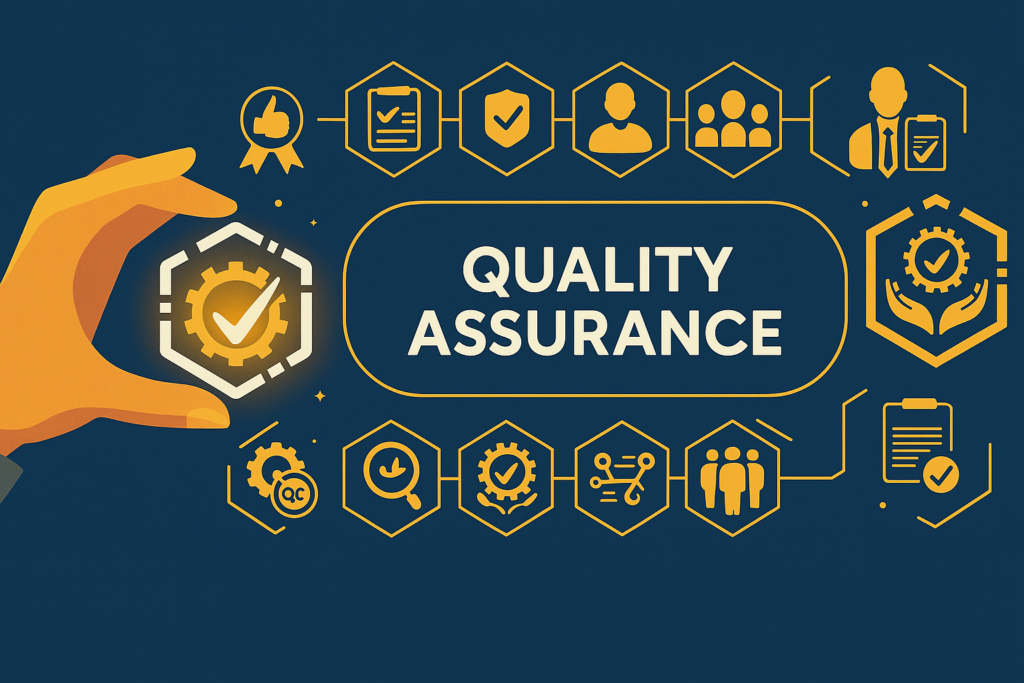
The Business Impact of Reliability
When telecom applications fail, it costs money. A recent case study demonstrates how
strategic performance QA achieved 99.9% uptime and reduced performance incidents by
75% for a telecom operator.
The Challenge: Peak Load Failures
The telecom operator’s BSS/OSS applications were experiencing critical failures:
• System outages during high–traffic periods
• Poor customer experience with slow response times
• Inadequate testing for realistic load simulation
service satisfaction above price.
The Solution: Two-Pronged Testing Approach
Manual Stress Testing
• Simulated extreme user scenarios
• Assessed real–world user experience under load
• Identified performance bottlenecks through direct observation
Automated Performance Framework
• Simulated 10,000+ concurrent users
• Monitored system performance metrics continuously
• Integrated performance testing into CI/CD pipelines
Implementation Strategy
• Automated 90% of performance scenarios
• Manually tested edge cases and user experience
• Integrated performance metrics into reporting
• Continuously optimized based on test results.

Results: Performance Transformation
| Metric | Result |
|---|---|
| Application Uptime | 99.9% |
| Performance Incidents | 75% reduction |
| Response Time | 60% faster |
| Test Coverage | 90% |
Industry Trends in Telecom Performance
- 78% of leading providers now embed performance requirements in their definition of done
- Top performers use hybrid testing models combining manual and automated approaches
- Performance shift-left” has become standard practice in the industry
Key Takeaways for QA Leaders
- Combine testing approaches: Use automation for scale and human testing for edge cases
- Test with real-world scenarios: Base tests on actual production patterns
- Make performance a release gate: Integrate performance thresholds in CI/CD
- Use AI for prioritization: Focus on critical scenarios
- Monitor continuously: Extend performance observation into production


